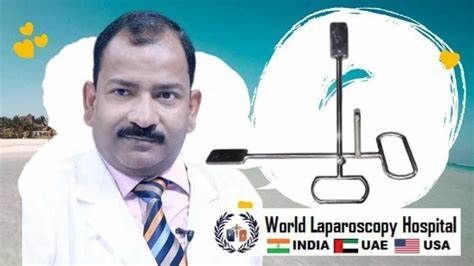
Sacrocolpopexy is a surgical procedure used to treat pelvic organ prolapse, a condition in which the pelvic organs, such as the bladder, uterus, or rectum, fall out of their normal positions and into the vaginal canal. This can occur due to weakened pelvic muscles and connective tissue, often as a result of childbirth, menopause, or other factors.
During a sacrocolpopexy, the surgeon makes several small incisions in the lower abdomen and then places a mesh material between the top of the vagina and the sacral bone in the lower back. The mesh material is then secured to the sacral bone, creating a supportive hammock that holds the pelvic organs in their proper positions. This helps to alleviate the symptoms of pelvic organ prolapse, which can include urinary incontinence, discomfort or pain during intercourse, and vaginal bulging or pressure.
Sacrocolpopexy is generally considered a safe and effective procedure, with high rates of success and relatively low rates of complications. However, as with any surgical procedure, there are potential risks and side effects, which should be discussed with your doctor before undergoing the surgery.
A vaginal vault retractor is a surgical instrument that is used during certain gynecologic procedures, such as a hysterectomy or a vaginal vault suspension. The instrument is designed to provide access and visualization of the vaginal cuff, which is the top of the vagina where the cervix used to be before a hysterectomy.
The retractor is typically inserted into the vagina and then expanded or opened to hold the vaginal walls apart, allowing the surgeon to better visualize and access the area. This helps to facilitate the surgical procedure by providing better access and visibility, as well as reducing the risk of injury to surrounding tissue.
There are several different types of vaginal vault retractors, each with their own unique design and features. Some retractors are disposable, while others are reusable and can be sterilized and used multiple times. The specific type of retractor used will depend on the specific surgical procedure being performed and the preferences of the surgeon.



